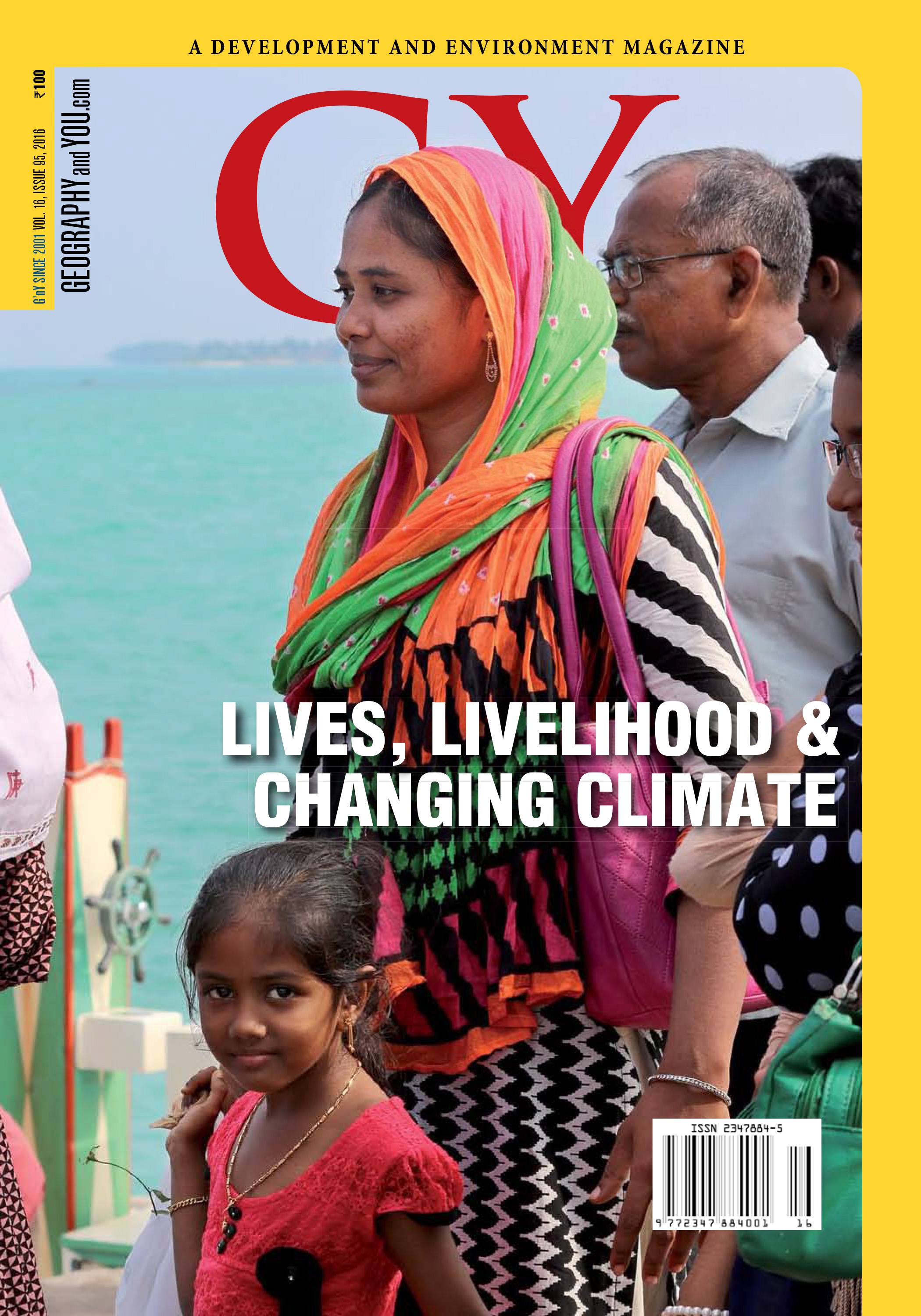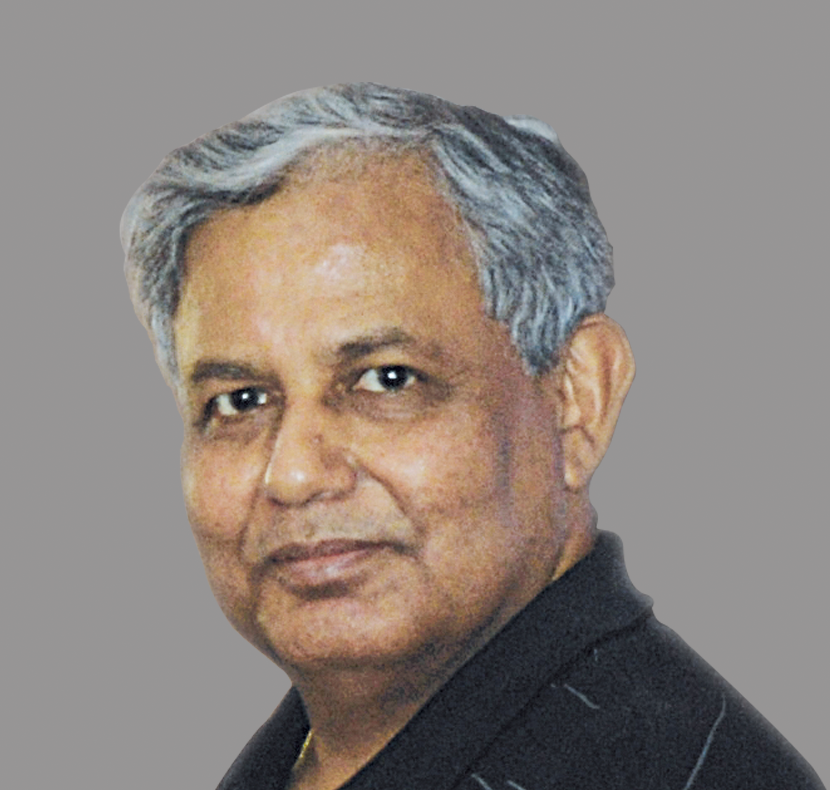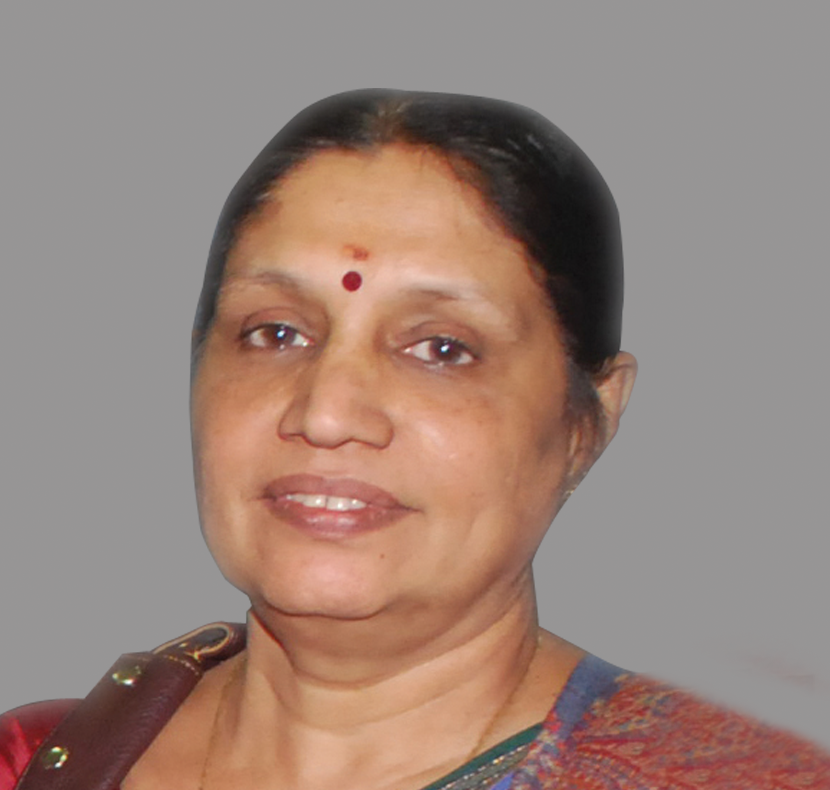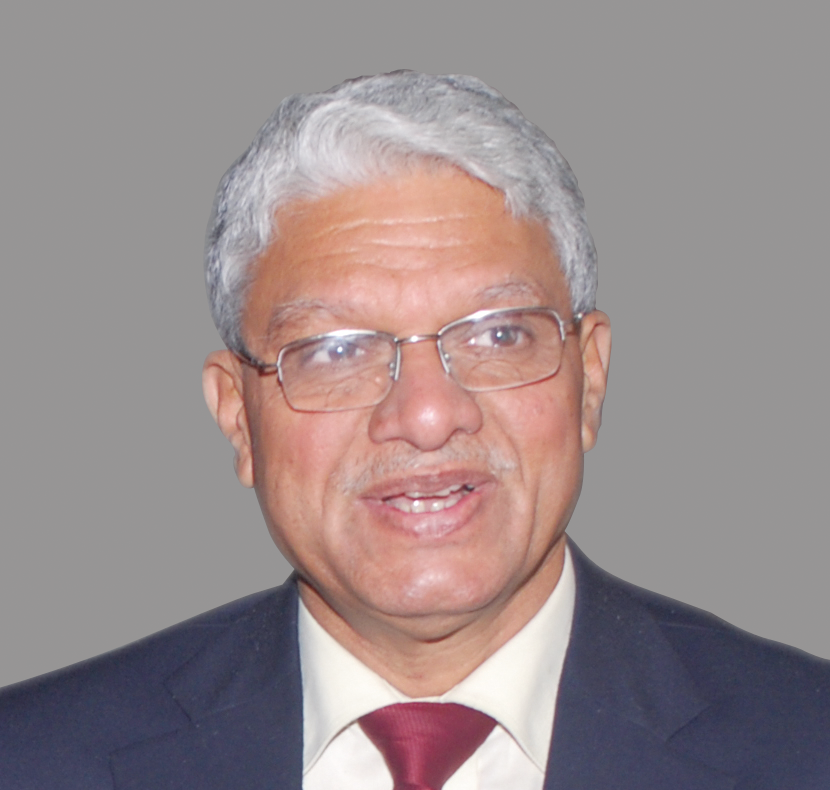
Expert Panel

Vice Chancellor, MG Kashi Vidyapeeth, Varanasi.

Chairperson, National Biodiversity Authority, Chennai.

Air Vice Marshal (Retd) Former DG, IMD, New Delhi.

Former Member Secretary, Central Pollution Control Board, New Delhi.

Former Director, NCAOR, Goa.

Professor, CSRD, Jawaharlal Nehru University, New Delhi.

Professor, CSRD, Jawaharlal Nehru University, New Delhi.

Director, Economic Research, Nielsen, New Delhi.
Inside this issue
Women Studies
Alienation from land and distress-driven shift towards agricultural wage work leave women particularly vulnerable. Although amended inheritance laws have increased the probability of daughters inheriting fathers’ land, women’s effective control over agricultural land, though relatively higher in the southern states, continues to remain abysmally low on an average in rural India.
Smart cities are viewed essentially in terms of infrastructural facilities and ‘e-amenities’ aimed at improved governance, capital and investment. Although the improvement in overall governance and quality of life is laudable, understanding residents’ attitudes and behaviour towards women is also crucial.
Education
The geospatial sector has grown sizeably in the past two decades. But its future seems bleak without enough trained personnel to fill new positions. Geospatial education may need to be revamped with flexibility in curricula design, enhancement of academia-industry interaction, with emphasis on a lifelong learning process to meet this challenge.
Epistemically, geography is an inclusive subject. It encompasses the entire observable domain of the earth’s surface, and is practised as part of science, social science, arts as well as technology in universities worldwide. Unfortunately in India, it is mainly taught as a social science discipline in schools.
Health
Various health care schemes of the Indian government are aimed at reducing the maternal mortality ratio (MMR) and infant mortality rate (IMR) in the country. Special focus is being given to states with poor public health indicators and high numbers of people living below the poverty line.
The central and state governments have been running several programmes to help cancer patients. Subsidised treatment and palliative care for cancer are already in place.The AMRIT venture is a step in the right direction to make expensive medicines affordable for patients nationwide.
Despite advances in prevention, diagnosis and treatment tuberculosis remains one of the world’s biggest threats with 1.5 million tuberculosis deaths in 2014. In India it has declined from 216 per lakh population per year in 1990 to 167 in 2014.
Most cardiovascular diseases and lung disorders are caused by smoking of tobacco. Awareness, coupled with reduced production and supply are crucial measures to curb smoking.
Latest National Sample Survey Organisation survey records least number of ailments in the north-east India. Manipur is the most disease free state of India. The north-east states also opt for higher public health care services as compared to the other states of India.
Food
Recent data indicates that tea cultivation is becoming increasingly popular with small and marginal holders. However, small tea growers often face problems due to fluctuating prices, and hence, need to be supported technically and financially to deal with an unstable market.
Climate Change
Geological processes in the Himalaya that bring natural catastrophes are continuously in motion. Though the natural processes can never be completely controlled the impact can be minimised through sustainable use of natural resources and effective planning in tune with the terrain and geo-location.
Atmospheric aerosols are produced through natural and anthropogenic means. They modulate the microphysical properties of clouds and therefore, can govern weather and climate over a region.
Ecology is the primary indicator of health for any river basin. Given the sorry state of the Ganga river basin, ecological restoration is urgently needed since river biodiversity is being rapidly lost.
Comprising plastics and other non-degradable solid waste, marine litter drifts around the global oceans posing a serious threat to marine habitats, as also human health and safety. Since legal mechanisms are not yet in place, existing mechanisms ought to be used as a framework to build on for protecting the oceanic realm.
Everyone is accountable in the climate change discourse. So UN’s divided framework of ‘us’ and ‘them’ blocs will fall short in tackling climate change. The Paris Agreement at COP 21 is currently under ratification. Immediate universal ratification is imperative.
Agriculture
Pre-treatment of seeds through various methods enables rapid and uniform germination. In short, it accelerates the natural processes and releases the dormant life force within.
In brief
As per the Census of India 2011, the growth rate of urbanisation during 2001-11 was 31.8 per cent which was higher than the total population growth rate of 17.6 per cent during the same period. By the year 2021, more than 432 million people will live in urban areas and this is likely to increase to
There are more old people now than ever before. Quickly burgeoning to a fourth of the population, India is aging fast. By the turn of this decade, we will likely no longer be the youngest nation in the world. Of the old persons, there are those that may be categorised as the oldest of old, much in t
